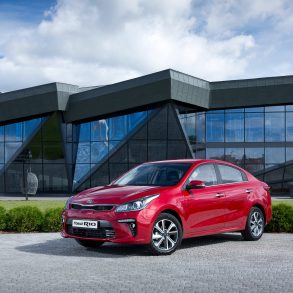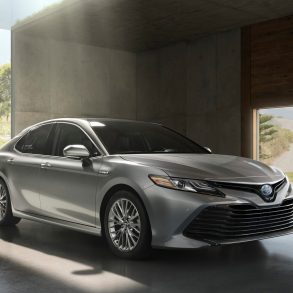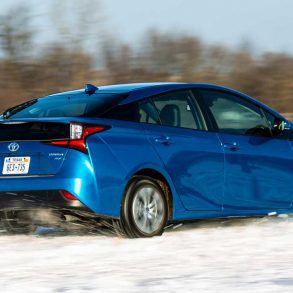Seat Leon
The SEAT León is another key model in the lineup of the Spanish automaker SEAT. Positioned in the compact car segment, the León has often been appreciated for its sharp design, driving dynamics, and value proposition. Since its introduction in 1998, the León has been an important pillar in SEAT’s strategy, rivaling other popular European compacts like the Volkswagen Golf, Ford Focus, and Opel/Vauxhall Astra.
Seat Leon Overview
The Seat Leon is a compact hatchback produced by the Spanish automaker Seat since 1999. It is based on the Volkswagen Group A platform, and is closely related to the Volkswagen Golf and Audi A3. The first generation Leon was introduced in 1999, and was available in both three-door and five-door hatchback body styles. It was powered by a range of petrol and diesel engines, and was available with a choice of manual or automatic transmissions.
The second generation Leon was introduced in 2005, and featured a more modern design. It was available with a wider range of engines, including a turbocharged 1.4-liter TSI petrol engine. The third generation Leon was introduced in 2012, and was based on the Volkswagen Group MQB platform. It was available with a choice of petrol, diesel, and hybrid engines, and was offered with a range of safety features, including ESP and seven airbags. The fourth generation Leon was introduced in 2020, and features a more stylish and aerodynamic design. It is available with a choice of petrol, diesel, plug-in hybrid, and electric engines.
Seat Leon Sales Figures
The Seat Leon is a popular car in Europe, and is also sold in other markets around the world. It is known for its stylish design, spacious interior, and good fuel economy.
Seat Leon Europe Sales Data & Charts
Europe Annual Sales
| Year | Sales Units |
|---|---|
| 1999 | 3,047 |
| 2000 | 72,714 |
| 2001 | 88,813 |
| 2002 | 89,688 |
| 2003 | 89,244 |
| 2004 | 87,084 |
| 2005 | 88,969 |
| 2006 | 119,250 |
| 2007 | 113,355 |
| 2008 | 90,162 |
| 2009 | 71,116 |
| 2010 | 73,263 |
| 2011 | 71,309 |
| 2012 | 58,733 |
| 2013 | 85,954 |
| 2014 | 136,896 |
| 2015 | 141,777 |
| 2016 | 143,938 |
| 2017 | 144,951 |
| 2018 | 13,947 |
| 2019 | 136,622 |
| 2020 | 111,045 |
| 2021 | 96,459 |
| 2022 | 56,064 |









